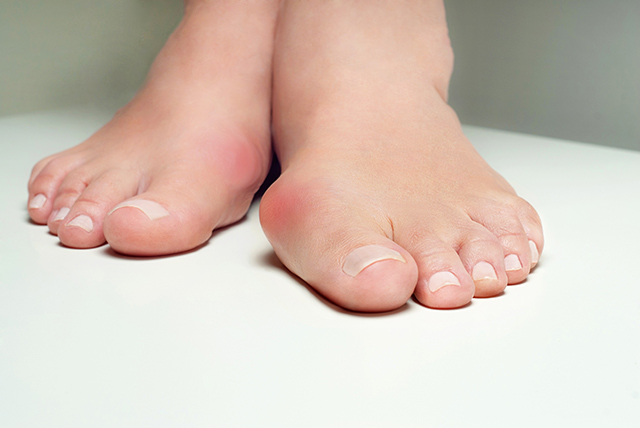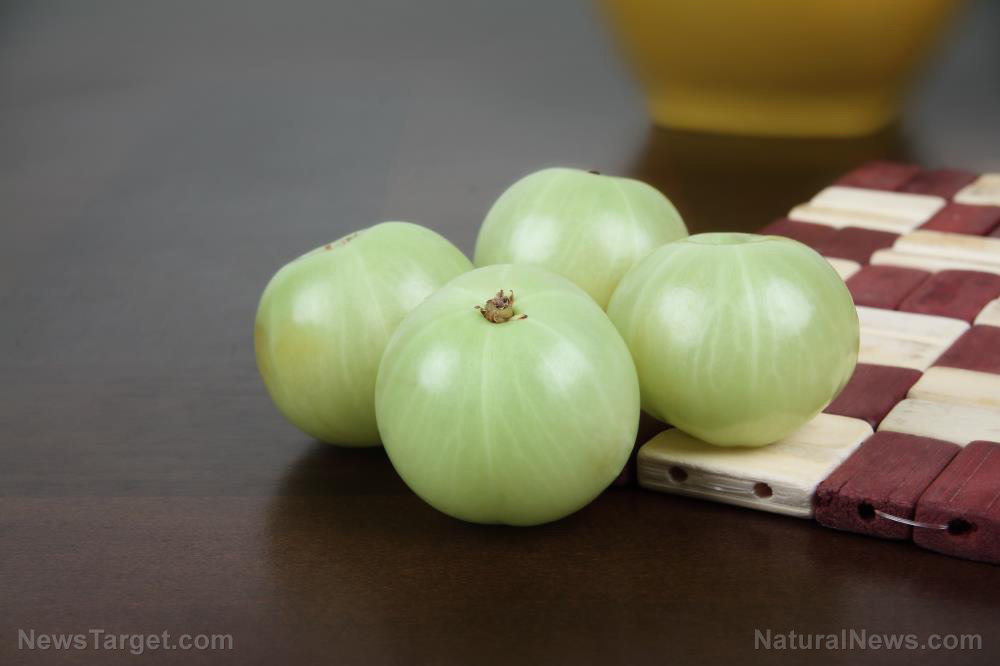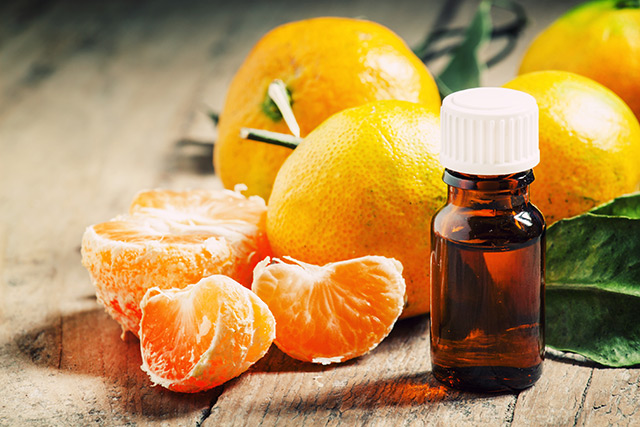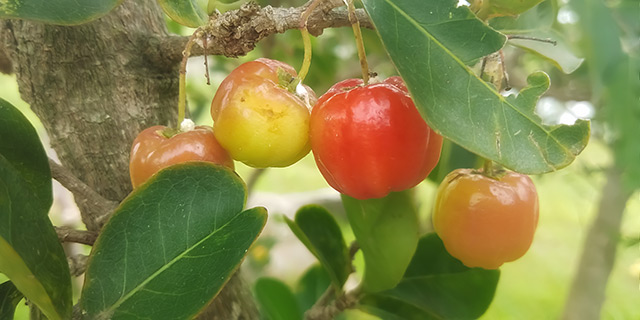Top 10 health lessons from the Japanese diet
12/23/2015 / By Greg White

Cheeseburgers, milkshakes and fries are just some of the staple foods of the American diet. By the same token, foodborne illnesses like heart disease, diabetes and at least one-third of cancers are also, unfortunately, staples of the American health. Perhaps, the U.S. should model its eating habits after Japan.
Japanese people have the longest lifespan among all nationalities. They have lower rates of colon and lung cancer than Americans, the lowest rate of heart disease among men worldwide and the second lowest for women. American men, on the other hand, are five times more likely to die of prostate cancer than Japanese men, while American women are four times more likely to die from breast cancer than Japanese women.
The statistics speak for themselves. There are plenty of lessons that can be taken from a Japanese diet. Boost your longevity today by incorporating these 10 Japanese habits into your lifestyle:
1. Eat more tempeh: Tempeh is a fermented soybean patty derived from whole soybeans soaked overnight and cooked until they are softened. A dry power of Rhizopus oryzae is often added to give it a nutty, mild, smoky flavor. It can be grilled, fried or grated into vegetarian burgers or added to samples. It’s an ample source of protein, fiber, vitamins, minerals and isoflavones.
2. Walk and bike: Americans heavily rely on subways and buses to get to work. In Japan, however, walking is a common form of transporation. According to the World Health Organization (WHO), more than 98 percent of Japanese children walk or bike to school each day. This means that most Japanese children receive their daily recommended amount of physical activity. In addition, walking and biking to school each day helps set up a life-long habit of regular exercise.
Mother Nature's micronutrient secret: Organic Broccoli Sprout Capsules now available, delivering 280mg of high-density nutrition, including the extraordinary "sulforaphane" and "glucosinolate" nutrients found only in cruciferous healing foods. Every lot laboratory tested. See availability here.
3. More tofu, less meat: WHO recently admitted that processed meat, like bacon and salami, causes cancer. Tofu is a largely consumed, alternative and healthy substitute for meat in Japan; it should come as no surprise, then, that cancer rates are lower in Japan than in America.
Tofu is mild-tasting, made from soy milk and has a cheesecake like texture. It comes in both full fat and low fat varieties. Tofu is protein-rich, cholesterol-free, low in sodium and an excellent source of isoflavones. It can be made into a myriad of vegetarian dishes, such as lasagna and chili. It also complements miso soup.
4. Tune your palate: Japanese food focuses more on ingredients and flavors than on intensely sweet flavor. Most Japanese drinks aren’t that sweet to begin with. Less sugar is used, which means fewer calories are consumed. Instead of tasting sweetness, Japanese citizens tune their palates to get used to different flavors.
5. Cleanse your body with soup: Japanese people are big on soup, most notably, miso soup. In addition to being low in fat and chock full of protein and isoflavones, miso soup is a great way to cleanse your body of radioactive elements. Japanese people consume miso soup regularly, ensuring they distill the radioactive elements their bodies take in each day. Dark miso soup tends to be stronger and denser than light miso soup.
6. Seize seaweed: Seaweed is another staple of the Japanese diet. Kombu is a kind of seaweed widely consumed in Japan. It’s used as soup stock, which adds flavor without adding calories. It is also an ample source of vitamins A and C, calcium, minerals and iodine.
7. Low-calorie noodles: Japanese people consume noodles lower in calories and starch than pasta noodles consumed in the Midwest. Shirataki noodles, for instance, are one of the few noodles in the market that aren’t loaded with calories. These Japanese noodles are thin, low in carbs, chewy and derived from a dietary fiber called glucomanna. Shirataki noodles have many potential health benefits, including weight loss, decreased cholesterol, diabetes control and gastrointestinal regulation.
8. Medicinal food: Japanese people consume food that have been used medicinally for thousands of years. Shiitake mushrooms, for instance, are an excellent source of vitamin B2, selenium, copper, zinc, vitamin D and iron. They’ve been known to help boost the immune system, provide cardiovascular support and contain cancer-fighting properties.
9. Eat smaller portions: In America, bigger is considered better. Food portions are no exception. For this reason, we are considered one of the fattest countries in the world. Portion sizes are considerably smaller in Japan in comparison to the U.S. Even junk food comes in smaller servings in Japan. Main meals do not have a single entree, but are comprised of several small dishes or courses. In other words, Japanese people don’t overeat.
10. Cook at home: Americans eat fast food regularly. By contrast, Japanese people reserve eating out for special occasions. Most workers bring a hearty lunch to work from home. Supper is reserved as a time to nourish the body and mind. In addition, cooking at home saves money and is a great way to eat more whole food meals.
The standard American diet is a monstrosity of epic proportions. Fortunately, you don’t have to live in Japan in order to reap the benefits of a Japanese diet. A few simple changes in your diet and eating habits can drastically alter your health for the better.
Take these nuggets of wisdom to go. They’re on the house.
Sources:
Tagged Under: diet, health, healthy lifestyle, japanese diet, longevity




















